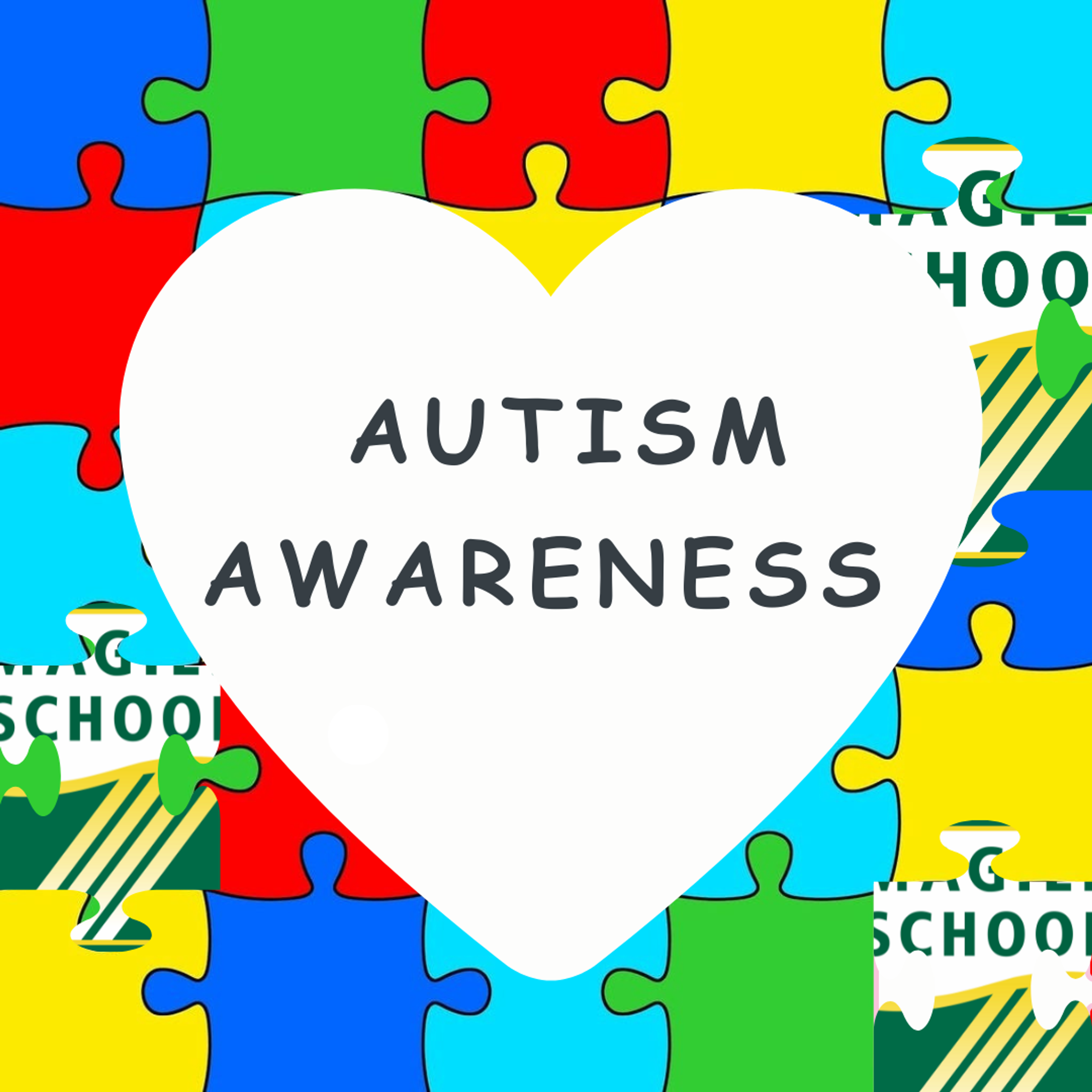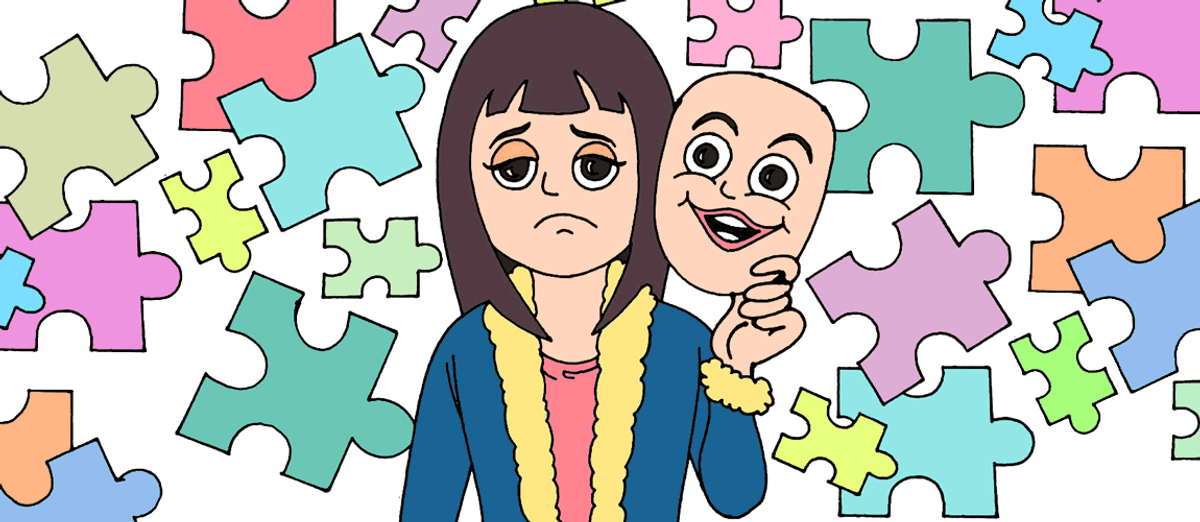Autism Inclusion Teacher

Welcome back to Term 2, I hope you all had a great break.
Girls and Autism
In my role as the Autism Inclusion teacher, it is important that I build awareness and understanding in our community around Autism and how it impacts learning and social interactions in our school environment. Girls with Autism are regularly misdiagnosed, or even undiagnosed, as they can present differently to boys. This gender difference has only recently been questioned. Some believe that girls can miss being diagnosed due to:
- screening tools that are based on the characteristics more common in boys
- girls facing different social communication expectations
- girl’s ability to mask autism characteristics
- gender differences in autism (Vimeo 4 minutes 38 seconds)
Research shows the misdiagnosis of girls with autism can sometimes have devastating consequences on the social and mental wellbeing of the learner through being misunderstood or overlooked for support.
Girls and autism: flying under the radar (PDF 623 KB) (Carpenter and Egerton 2017) recognises examples of characteristics in girls that conflict with the stereotype of autism core characteristics and associated features. These include:
- ‘She is too sociable’ – girls may have better social integration skills than boys, using strategies like:
- rote learning conversational phrases
- imitating social behaviours
- following social scripts
- ‘masking’ or ‘camouflaging’ their innate autistic behaviours.
- ’Autism without learning difficulties in girls is very rare’ – it’s a myth that girls who don’t have learning difficulties can’t be diagnosed with autism. Autism in girls who are academically strong and demonstrate typical social behaviours is not rare, but it’s rarely diagnosed. The typical referral or assessment processes require a family member, carer, educator or health professional to judge how behaviours compare to the expected stage of development, and this can exclude girls that present in this way.
- ‘She has the same interests as her friends’ – the special interest topics of girls with autism are not as different to their peers when compared to boys with autism.
- ‘She does not have repetitive behaviours’ – girls have been observed to have fewer repetitive, ritualistic behaviours than boys with autism.
In a learning environment, girls with autism can experience:
- difficulties with abstract concepts, auditory processing and impaired executive function
- a dislike of change, preferring routine and structure for all transitions
- masking the difficulties they experience, not asking for help or appearing avoidant
- internalising or hiding anxiety
- bullying and exclusion
- perfectionism driven by the fear of making mistakes, disapproval and not meeting impossible standards and unattainable goals.
For more information about girls and Autism please follow this link-
https://autismsa.org.au/autism-diagnosis/autism-symptoms/signs-of-autism-in-girls/
With Kindness,
Lisa Williams



